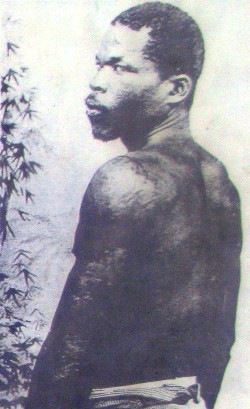
Le Mont Pelée (2500m) dominates the north western end of Martinique, its extinct predecessors stretching away to the south and east of the island. The port of St Pierre, which lies almost due south of the summit, sits astride two of the many deeply-incised rivers that drain the edifice, and provide radiating conduits for deadly mudflows and pyroclastic flows during periods of eruption.
In 1902, St Pierre was the former colony’s capital - though it has been supplanted since the disaster by its rival, Fort de France, now the capital of the fully fledged French Département. Although people returned, St Pierre never recovered and now boasts a population one sixth of that in 1902. The ruins left behind by that morning in May still lie, overgrown, sometimes built over, and everywhere a vivid reminder of a disaster that, like Titanic, stands as a symbol for vaunting human ambition laid low by the blind whims of that most unsuitable parent, Mother Earth.
In 1902, old folk would have remembered the previous eruption of 1851. But that had been a footling affair. The first signs of unrest were noticed in March; by April, explosive activity made it plain to all. Sulphurous fumes choked people and horses in the streets. In May, ash fell on St Pierre. Three days before the main eruption, the crater lake Étang Sec burst and sent a torrent of boiling water down the nearby Rivière Blanche, just around the coast to the north. The torrent rapidly became a mudflow, entraining 50-ton blocks, destroying a sugar-cane processing plant, killing all 30 workers, and on reaching the sea sending up waves that capsized the yacht Prêcheur, killing everyone.